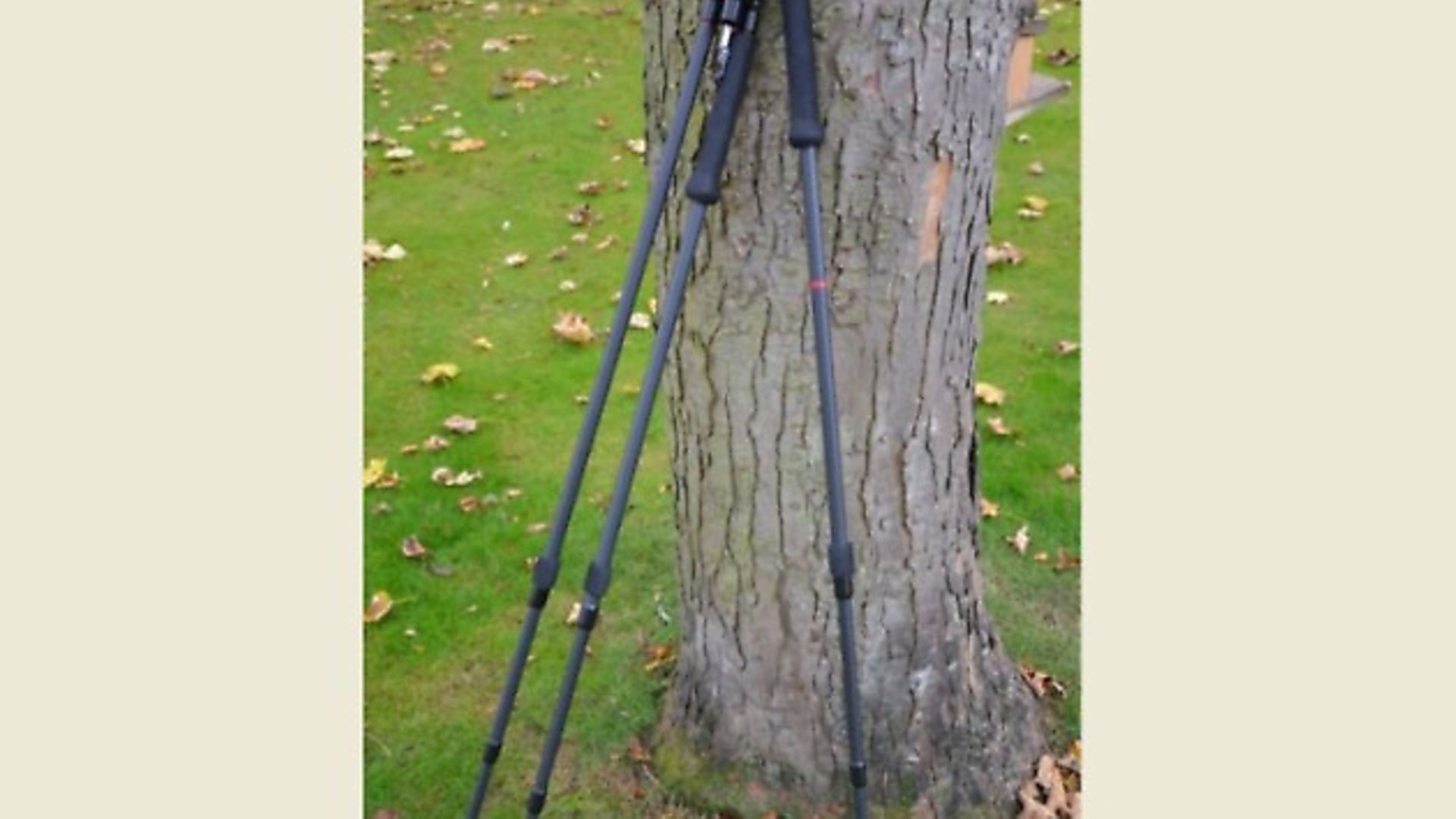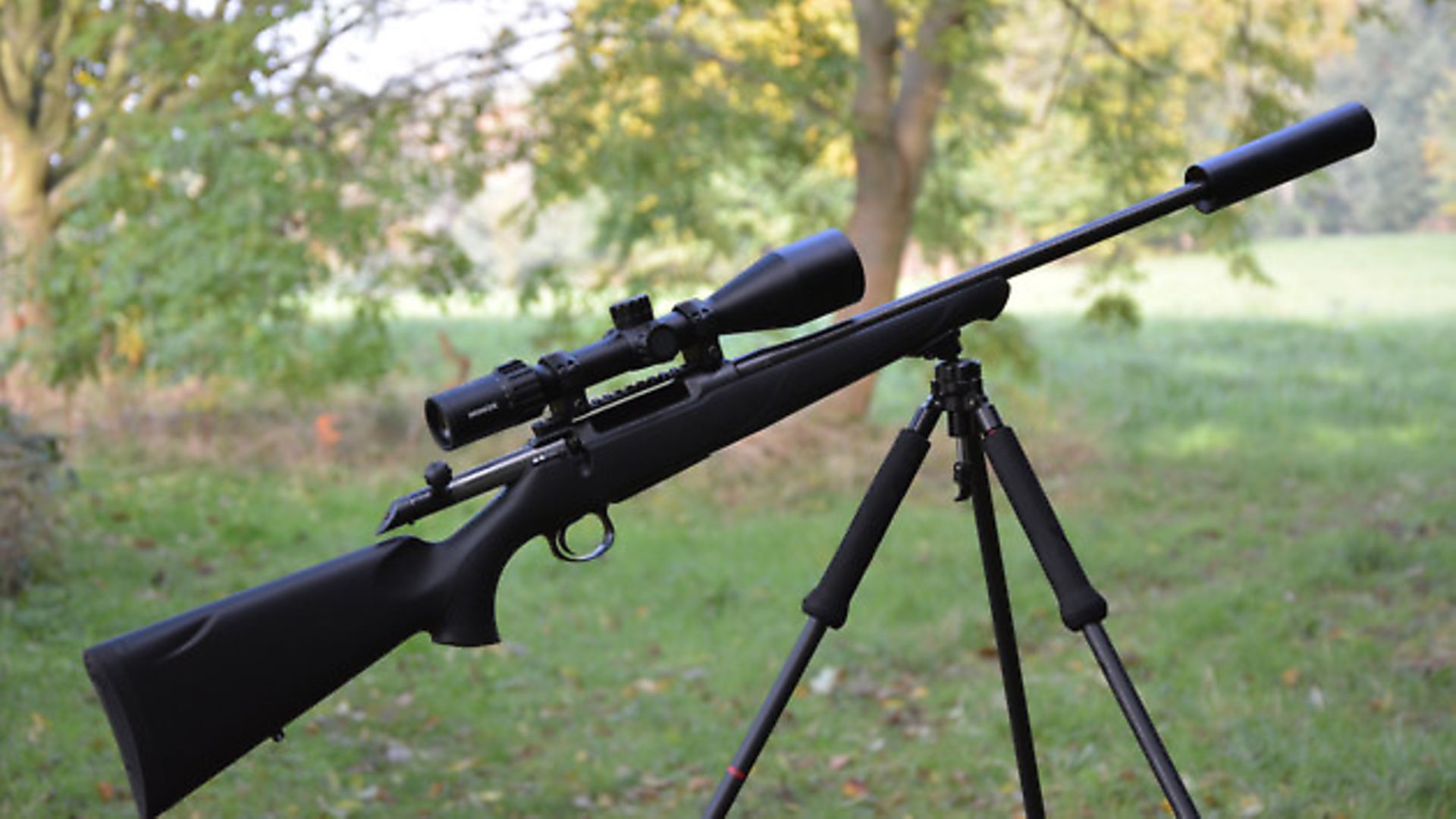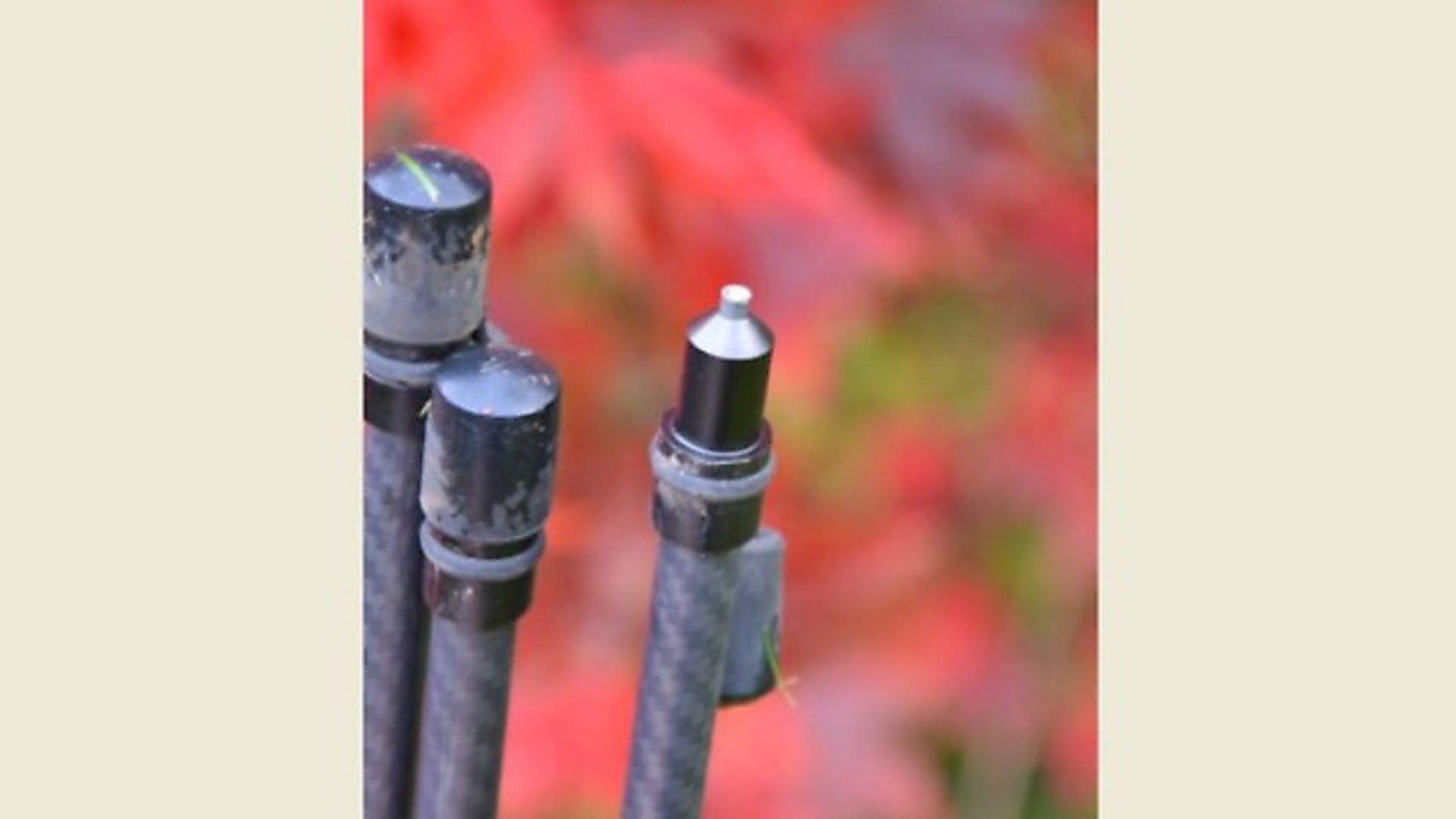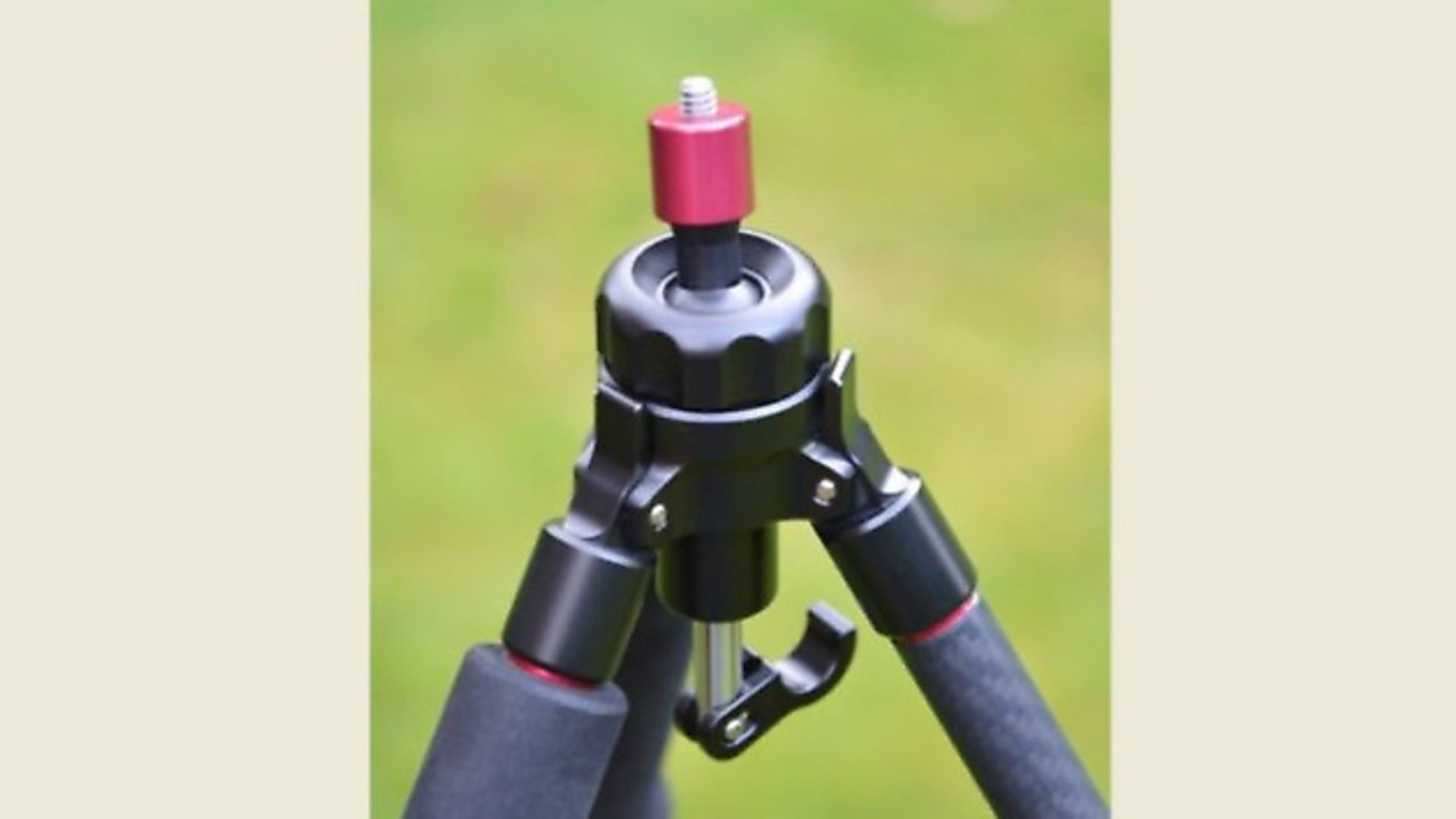Chris Parkin discovers this progression from the Javelin bipod system presents a lightweight, adjustable and extremely versatile piece of kit
 credit: Archant
credit: Archant
Likes:
Truly versatile and well made
Saves multiple pieces of kit when travelling
Great compromise between light weight and stiffness
 credit: Archant
credit: Archant
Dislikes:
Looks expensive until you investigate the possibilities
You will want several adaptors – make sure they are very securely attached!
Verdict:
I went into this test a little unconvinced as to the seemingly high cost, but must admit that the broad capability of the product actually makes it rather good value when you use all the subtle features.
 credit: Archant
credit: Archant
Price:
Kapita sticks including one flat forend adaptor: £399
Kapita Hook: £30
U Adaptor; £25
Rifle Forend Adaptors, Flat or Curved: £25
Optics Adaptor: £15
Picatinny rail Adaptor: £40
Inlaid gunsmith adaptors and Heavy optics clamp: P.O.A
 credit: Archant
credit: Archant
Contact:
Spartan Precision Equipment
The Kapita Tripod shooting sticks are a natural progression from the Javelin bipod system, which has grown in popularity over the last few years.
In a similarly modular fashion, the full-height Kapita sticks allow fast, functional shots to be taken from a standing position, but unlike conventional rested twin-legged, tripod or quad sticks, the rifle fastens to these sticks using an innovative magnetic socket, giving greater security and stability.
You can carry a gun with nothing attached, quickly add a bipod for a prone shot or remain standing and co-opt your trekking poles into a stable rest. All-magnetic junctions are common across the product line for total versatility.
Kapita’s three, three-piece telescopic carbon-fibre legs are hinged at the top by a precision aluminium and stainless steel joint, allowing the legs to fold together or open out to form the fundamentally stable tripod. They all butt up to mechanical stops, which prevent them from splaying too far.
 credit: Archant
credit: Archant
T 7075 aluminium is a very subtle yet pricey upgrade over the commonly found and cheaper 6*** series alloys, which hide under the blanket term ‘aircraft grade’ – a title that is of little help in distinguishing the quality this material offers in both strength and lightness of weight. All carbon-fibre leg tubes are bonded within aluminium sleeves, and twist to lock at the desired length, with 316 stainless steel used for both the hinge pins at the top and the rubber-covered spiked feet on their base – nothing will be corroding easily or bending in use.
A ball-and-socket joint supports the neodymium magnetic stub at the top, and can be tension-adjusted using a knurled rotary collar. A lateral rotation of 360 degrees is offered both here and as part of the cylindrical magnetic spigot, but, being spherical, +/- 20 degrees of vertical elevation movement is available. With a rifle on top, you have plenty of leverage to get things to move, so I found it better to snug up the knurled collar to the max before I put a rifle near it, preferring to use the gun as the lever.
All machined surfaces are silky smooth with a Rockwell hardness of 65 C, so you won’t find any grittiness when you are traversing or elevating to make a precise aim.
Some rifle manufacturers, notably Blaser, now offer an inbuilt cap to fit this stud in their fore-ends. Otherwise, various fittings are available (one is supplied) to screw to the fore-end of any rifle with bolts supplied that are suitable for fine metal threads in M4, and coarse threads for wooden or synthetic fore-ends where no internal nut is available. Additional optical adapters are available with common 1/4” threads so that binoculars, cameras, spotting scopes or other accessories can be used, and the Kapita is truly lightweight at 650g.
It doubles up as a trekking pole and allows one, two or three legs to be fitted as they thread into the top adapter. All the twist-to-tighten joints in the legs have remained firm, so the Kapita will support significant weight, and a small hook is provided to hang a bag or small carcass from the underside of the unit when performing a gralloch in the field.
From a 76cm storage length, each leg has stops at every junction to prevent them extending beyond their 1,640mm maximum length, which at full spread places the underside of your rifle’s fore-end 1,450mm (57”) from the ground. That range enables shots from any position: seated, kneeling and fully standing (I’m 1.8m tall, or 5’11”).
 credit: Archant
credit: Archant
For fast adjustability, the legs can be individually pulled inward or splayed further outwards to maximise contact with the terrain underfoot, so I chose to extend them to a mid-length setting, just in case. Each steel spiked foot has a rubber cap to use on harder surfaces with tubular foam wraps supplied to cushion the sticks and prevent them from rattling when transported.
Given that the legs can be removed and used as trekking poles, it is great to see that they all incorporate a magnetic spigot atop them; so as well as offering full support over difficult ground, they make a superb monopod for camera or rifle use and brilliant stability for long-range glassing of open terrain. Slackening the telescopic legs for length adjustment required approximately one and a half revolutions from fully tight to slack, but this was temperature dependent.
It’s important to ensure that everything remains tight, especially if you lean heavily on the sticks. When used as trekking poles the foam noise dampeners become comfortable hand grips, but be aware that as there isn’t a lanyard (which might have been a good extra), there is nowhere to really anchor any kind of cord.
Although seemingly a little pricey at first, the quality of the materials, manufacture and intelligent modular design turns these from ‘yet another shooting stick’ into a very interesting package, which I myself have not fully exploited yet. I like the fact you can have as many extra mounting brackets of various formats as you desire, as well as a more conventional Woodland ‘U’ rest for stalking shots with an unequipped gun.
I used these sticks to make some incredibly stable shots with a Sauer 100 test rifle at long ranges, and liked the fact that the gun is attached quickly yet silently to the sticks; plus, when a little care is applied with balance, it can be left ‘hanging’ from them when unloaded.
In use, with night vision, I appreciated the light weight and the ability to scan and place shots within a true 360-degree arc from one position. Adapters are available to drill and bond into suitable rifle fore-ends too, so I plan to do this to my personal rabbiting and foxing rifles, just in front of the magazine for a 100% balanced gun. I have improvised until now by using a padded, aluminium saddle-type arrangement fastened atop one of the supplied magnetic spigot fittings.
After three months of use, I’m totally confident that I want to modify my guns permanently for this purpose. The weight is comfortable to carry and less noisy in use as it can be easily manoeuvred with a single hand. They are not quite as stiff as aluminium legs but are far less weighty, and that’s a compromise I will happily accept for their versatility and durability. They’re less noisy, too, and not cold in the hands either.
The Kapita shooting sticks have become a must-carry item in my kit because their versatility, although a tiny bit compromised, allows me to fulfil four roles that used to require four separate bits of kit – so, the light weight of the Kapita becomes almost a moot point because you save it four times over in my case.
They have been bumped and banged around in cars and trucks, dropped, soaked, ground around in mud and dirt, yet still appear like new and the rated hardness of the seamlessly applied hard anodising on the aluminium is a clear sign of the talent that lies beneath.